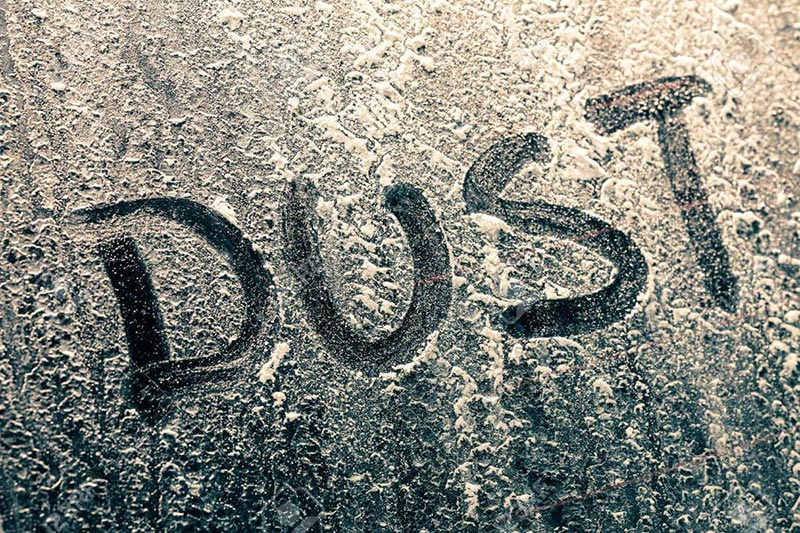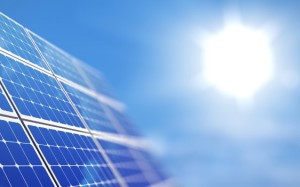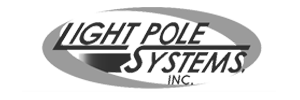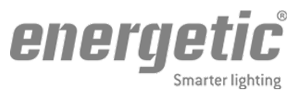
While there’s no question that a commercial LED lighting system is only as good as the components it’s made of, that’s not the only factor that helps determine how bright, efficient, or effective the lighting system will be.
Just like traditional fluorescent or halide lights, LED light bulbs perform quite differently depending on the ambient temperature that they’re operating in. If a bulb or fixture gets too hot, it runs the risk of burning out early, potentially adding thousands to your maintenance costs and kicking that ROI further down the road.
In this guide, we’re going to look at the most common culprits behind commercial LED overheating: dirt and dust.
What Happens When Dirt and Dust Accumulate on Industrial LED Fixtures
Whether it is kicked up into the air by workplace activities, created by industrial processes, or brought in from outside air, dust and dirt have a way of getting into everything.
Even the most diligently cleanly commercial operations experience the very slow accumulation of dust. As dust and dirt settles onto equipment, it settles into thick, insulating layers. When these layers accumulate inside of electronics, like and LED light fixture, they can lea to a rapid buildup of temperature.
These increased temperatures will rapidly increase LED light degradation. The result is that your LED fixtures and bulbs could burn out way ahead of schedule, simply because they were running too hot.
- Round LED High Bay Lighting can be prone to harmful dust buildup, as the vertical-fin design makes it easy for atmospheric dust to settle. However, this seems to be a problem more common in budget-level lighting components.
- Liner LED High Bay Lighting is made with a sheet of flat metal, and these do not offer very good thermal management. More so that the round, UFO-style high bay lights, linear LEDs may require more frequent cleaning to keep the dust from getting too thick.
Thermal Management Solutions for Commercial LED Lighting Systems
In order to extend the life of an LED lighting system, Scottsdale owners and operators must devise a thermal management plan that is integrated into their overall lighting strategy. The first step is choosing fixtures based on how well they will hold up to your facility’s temperature conditions.
LED bulbs and fixtures are often sold with testing specifications that indicate their ideal temperature range. If not, this information is usually available from the manufacturer.
Another step-in maximizing the effective life of your lighting system is by re-thinking your HVAC. Many commercial and industrial buildings put their HVAC ducting far too low to be effective at cooling off the lighting area.
Always Choose Quality Commercial LED Lighting Components
When it comes to saving energy with LED, you truly do get what you pay for. Budget-level LED components may work well initially, but as time goes on they will fall susceptible to the dangers of heat buildup. The result will be a fixture (or dozens of fixtures) that burn out before their time.
Buying quality LED components for your commercial retrofit is an absolute must for businesses who are determined to see that long-awaited ROI.


 Apartment Lighting
Apartment Lighting Area Lighting
Area Lighting Automotive Lighting
Automotive Lighting Building Wall Pack Lighting
Building Wall Pack Lighting Canopy Lighting
Canopy Lighting High & Low Bay Lighting
High & Low Bay Lighting Industrial Lighting
Industrial Lighting Parking Lots & Garages
Parking Lots & Garages Pathway Lighting
Pathway Lighting Retail Lighting
Retail Lighting Stairwell Lighting
Stairwell Lighting























